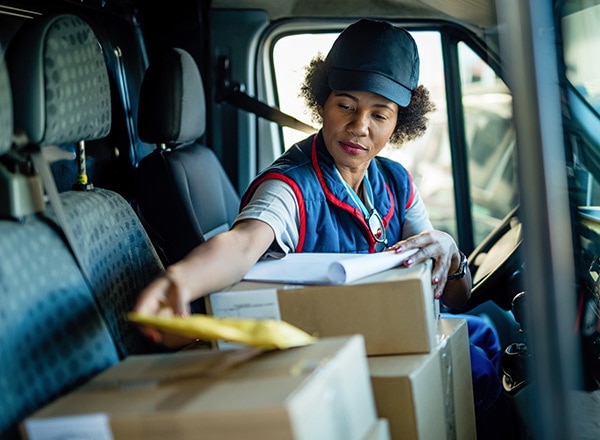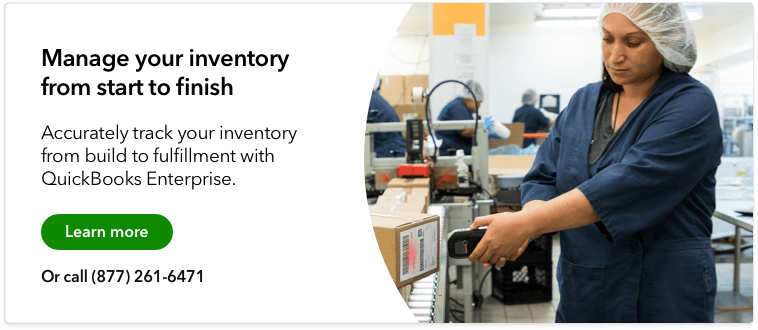What are the benefits of last mile carrier tracking?
Last mile carrier tracking solutions bring a lot of helpful detail to this otherwise-mysterious final stage of the delivery experience. With last mile carrier tracking, customers can:
- Get a timeframe for when their package will be delivered
- Receive an alert when their package is almost there
- Monitor their driver’s location in real-time
That added visibility into their package’s location and when it will arrive offers increased confidence and peace of mind for consumers. Businesses also have the advantage of monitoring packages and collecting proof of delivery. So, if a package goes missing, they have the evidence that it was delivered as planned.
For example, Amazon implemented a photo on delivery program that shows the package’s location and verifies delivery. Amazon might also use that information to troubleshoot what happened if and when a package goes missing.
Last mile carrier tracking offers additional advantages for business owners and ecommerce companies as well, including the ability to:
- Receive detailed information about where packages are
- Understand the customer experience through ratings systems and feedback
- Collect and store proof of delivery in a simple and streamlined way
Most last mile carrier tracking solutions give customers the option to rate their service and even provide feedback. Businesses can review scores and feedback to find ways to to improve deliveries and their overall customer satisfaction.
For example, Uber Eats asks customers to rate their delivery drivers by giving them a thumbs up or a thumbs down and leaving more detailed feedback. That feedback is then aggregated into an overall rating of the driver. Customers aren’t the only ones with a say, as delivery people can rate restaurants and customers, and restaurants can rate drivers too. All of this information gives Uber a detailed understanding of how their fulfillment processes are working.
To put it simply, last mile carrier tracking removes the mystery and gives both customers and business owners detailed information about their packages.














